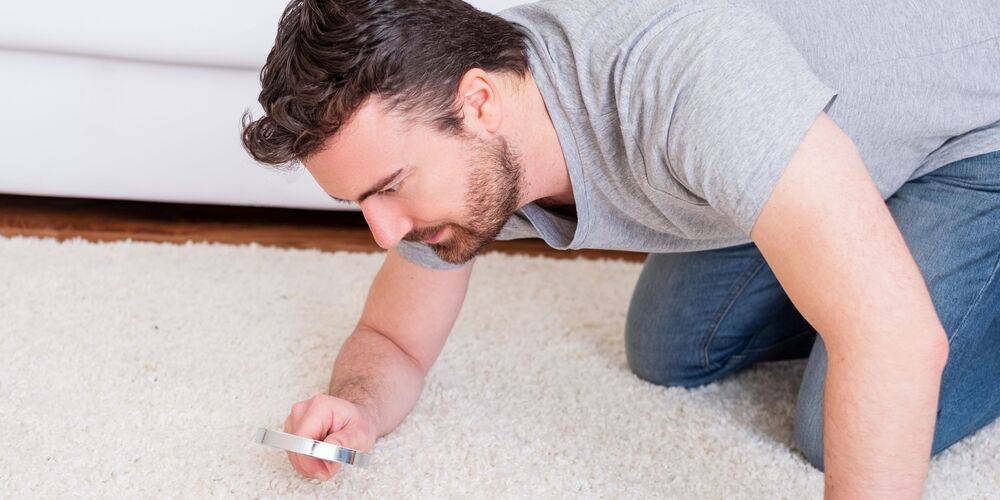
Dust Mites and Breathing: Sleep tight, don’t let the bedbugs bite?
0 Comments
Dust Mites and Breathing: Sleep Tight, Don’t Let the Bedbugs Bite?
Dec 19, 2023, By Michael Grant White
Struggling with dust mite allergies? Explore how dust mites affect your breathing and what you can do for dust mite remediation.

Sleep tight, don’t let the bedbugs bite? They don’t really bite. They just crawl up your nose, stifle your breathing and cause allergies and general immune system stress.
25% of all allergies and 50% of all asthmatic diseases are traceable to dust mites. Do you wake up in the morning with a stuffy, dry, caked or even bloody nose? Ear infections or hearing loss? Muddled thinking? Could be dust mites.
The quickest way to get a feel for what is going on is to sleep outside in the open air for a night or two. Don’t worry about outside pollution, as the dust mite is probably the greater of the evils and may worsen any other air problem. Try it and see what happens. You may notice a lessening in symptoms and the ability to breathe easier through your nose. That is your clue.
When and Where Found
1. Habitats/types of rooms and floorings
2. Seasons
3. Type of building structure
4. Altitude/floor levels
5. Mite Nutrition. What they eat is often the parts of YOU.
Human skin scales
Fungi growing on the skin
Molds
Insect bodies or fragments (e.g. carpet beetles, silverfish, clothes moths and cockroaches)
Pollen grains
Bacteria
Plant material
Household dust containing the above
Control - Physical Methods
1. Encasings
2. Flooring
3. Washing
4. Sprays containing benzoates
5. Dry cleaning
6. Vacuuming
7. Spraying
8. Heating
- As superheated steam to treat carpets
- Tumble-drying washing
- Direct sunlight exposure
- Autoclaving
- Dry heating with electric blankets
9. Air cleaning
Learn to Breathe Better with The Optimal Breathing Mastery Kit.

Meet Mike White
Meet Michael Grant White, the Optimal Breathing Coach and get actionable insights on your breathing development, health and longevity



